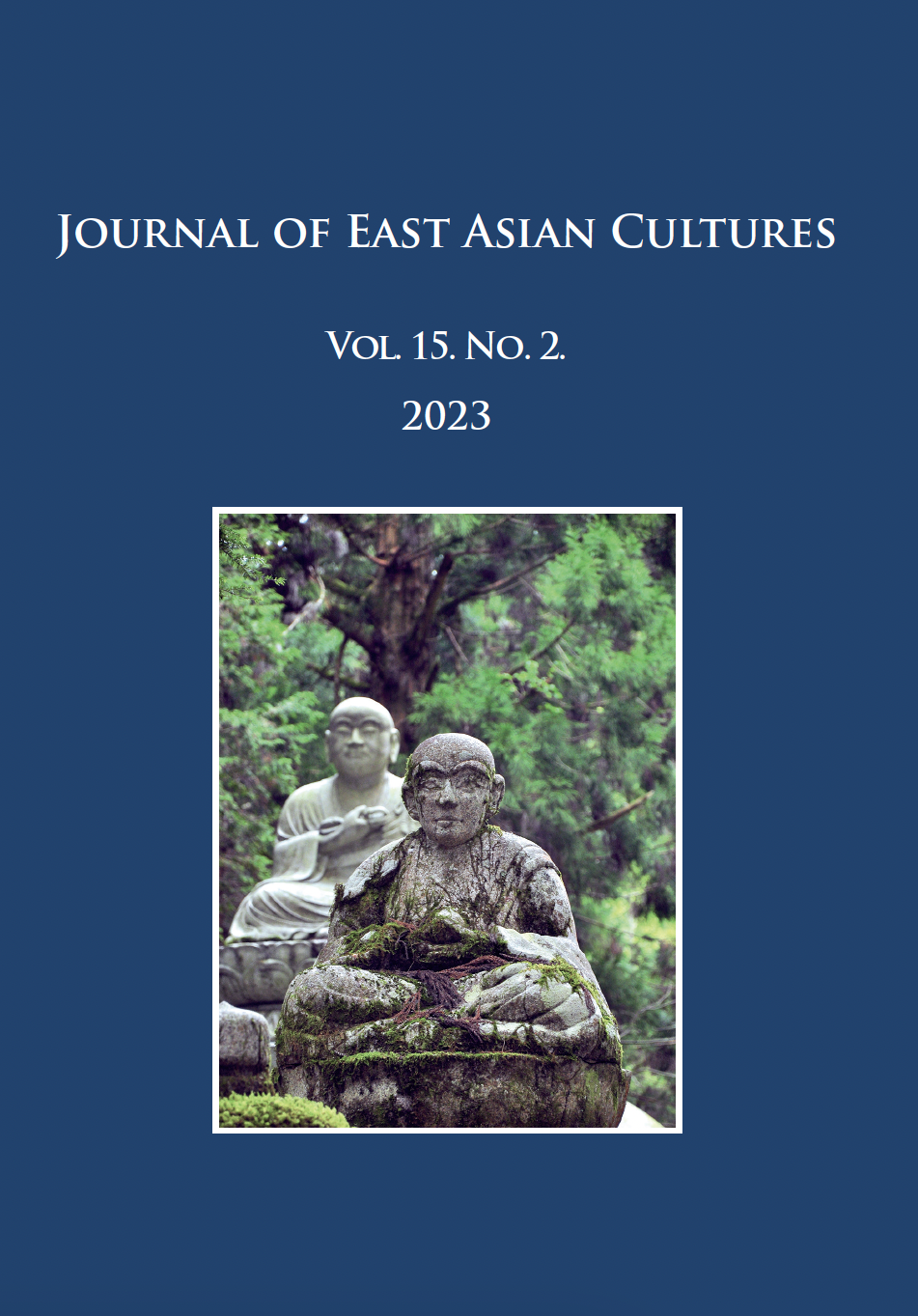Megjelent 2023-09-30
Kulcsszavak
- buddhizmus,
- szerzetesek,
- laikusok,
- upászakák,
- gyakorlat
- ellentmondás,
- összeférhetetlenség,
- közvetítés,
- vágyak ...Tovább
Hogyan kell idézni

This work is licensed under a Creative Commons Attribution-NonCommercial 4.0 International License.
Absztrakt
Early Buddhism was a monastic religion: the Buddha’s disciples were mendicant monks. However, there are many laypeople today who are practising Buddhists, meditating and following the eightfold Buddhist path towards nirvāṇa.This paper investigates how real this apparent inconsistency is. First, it is shown that the Buddha typically did not even speak about his own insights and doctrines to his lay followers; he only preached about general moral principles and gave wise advice, often with a noticeable conservative tinge. Since it is clear that Buddhism was not esoteric (i.e., it did not contain secrets revealed only to the initiated), this state of affairs can be explained only by supposing that the Buddha thought that true Buddhism was useful only for monks. It is never explicitly explained why it was so, but from several hints an answer may be tentatively reconstructed. Buddhist theory was only needed as a basis of Buddhist practice, and in the Buddha’s age and environment, such practice was virtually impossible for laypersons living and toiling in a village, with a family, and taking care of children. One could not find the peace essential for meditation. Furthermore, such worldly life presupposes strong motivations and unavoidably generates desires, whereas Buddhist practice consists of the annihilation of precisely those desires.
Hivatkozások
- Chaṭṭha Saṅgāyana Tipiṭaka 4.0. (Version 4.0.0.15). Text copyright © 1995 Vipassana Research Institute.
- Bluck, Robert 2002. ‘The Path of the Householder: Buddhist Lay Disciples in the Pāli Canon,’ Buddhist Studies Review 19.1: 1–18. https://doi.org/10.1558/bsrv.v19i1.14402
- Bodhi, Bhikkhu 2001. ‘The Jhānas and the Lay Disciple According to the Pāli Suttas.’ In: P. D. Premasiri (ed.) Buddhist Studies: Essays in Honour of Professor Lily de Silva. Peradeniya: Prof. Lily de Silva Felicitation Committee, Department of Pali and Buddhist Studies, University of Peradeniya, Sri Lanka, 36–64.
- Gethin, Rupert (tr.) 2008. Sayings of the Buddha. A selection of suttas from the Pali Nikāyas (Oxford World’s Classics). Oxford &c.: Oxford University Press.
- Horner, I. B. (tr.) 2007. The Book of the Discipline (Vinaya Piṭaka). Vol IV (Mahāvagga). Lancaster: The Pali Text Society.
- Kelly, John 2011. ‘The Buddha’s Teaching to Lay People,’ Buddhist Studies Review 28.1: 3–78. https://doi.org/10.1558/bsrv.v28i1.3
- Ñāṇamoli, Bhikkhu (tr.) 2001. The life of the Buddha: according to the Pali canon. Onalaska, WA: BPS Pariyatti Editions.
- Ñāṇamoli, Bhikkhu – Bodhi, Bhikkhu (tr.) 2009. The Middle Length Discourses of the Buddha. A Translation of the Majjhima Nikāya. Boston: Wisdom Publications.
- Samuels, Jeffrey 1999. ‘Views of the Householder and Lay Disciples in the Sutta Piṭaka: A Reconsideration of the Lay/Monastic Opposition,’ Religion 29.3: 234–241. https://doi.org/10.1006/reli.1999.0163
- Schopen, Gregory 1985. ‘Two Problems in the History of Indian Buddhism: The Layman/Monk Distinction and the Doctrines of the Transference of Merit,’ Studien zur Indologie und Iranistik 10: 9–47.

